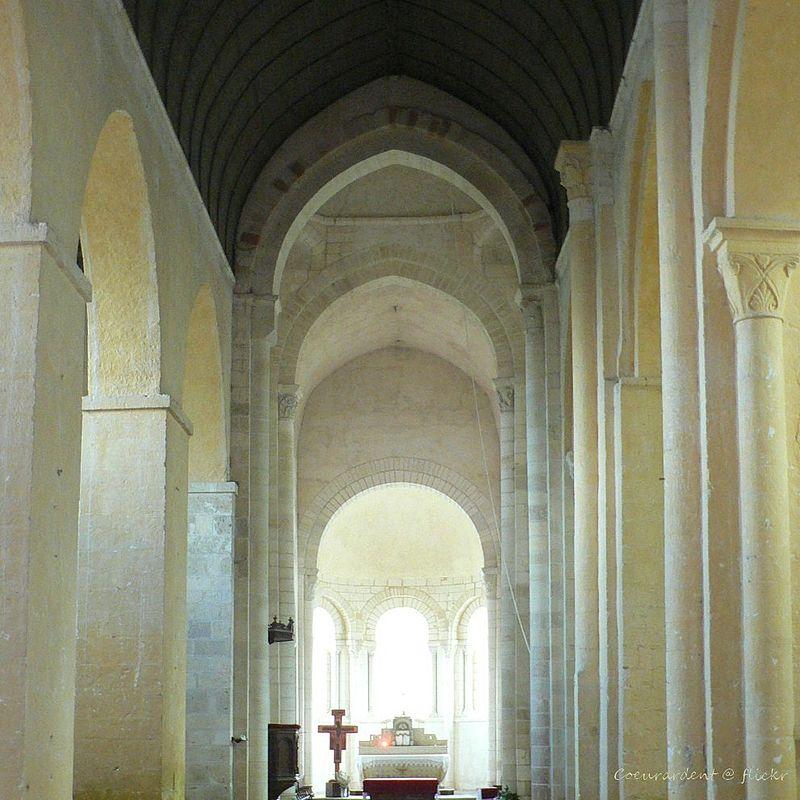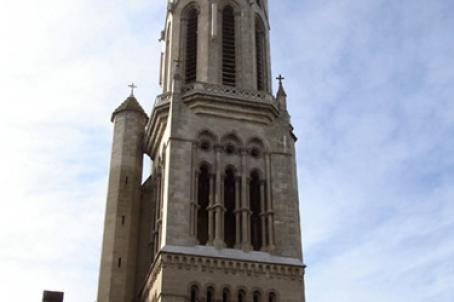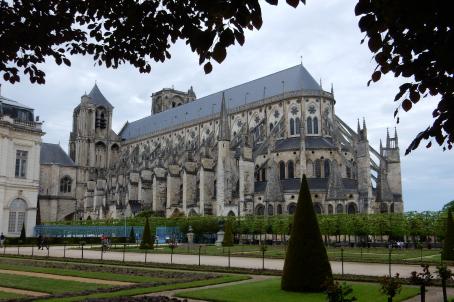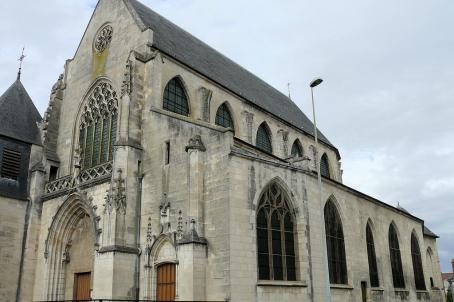Church of Saint-Martin
The ensemble is remarkable, but it is mainly to its capitals that the abbey church owes its fame today. The crypt, which is in a very good state of conservation, is also freely accessible, which is quite rare in the region. One can guess on the vaults old painted decorations and in particular a swastika. It was classified as a historical monument in 1853.
About this building
The Abbey of Canons Regular was founded around 1080 by the Archbishop of Bourges, Richard II, who was buried in 1095 in the choir of the collegiate church. The construction of the church continued between 1177 and 1546, with the construction of buttresses, the restoration of an inner pillar and a double arch, under the abbey of Pierre de Plas. The abbey was burnt down during the Wars of Religion. In 1654 the church was rebuilt by Antoine Fradet, commendatory abbot; in 1738 the west façade was rebuilt. The convent buildings would date from the 14th or 15th century.






